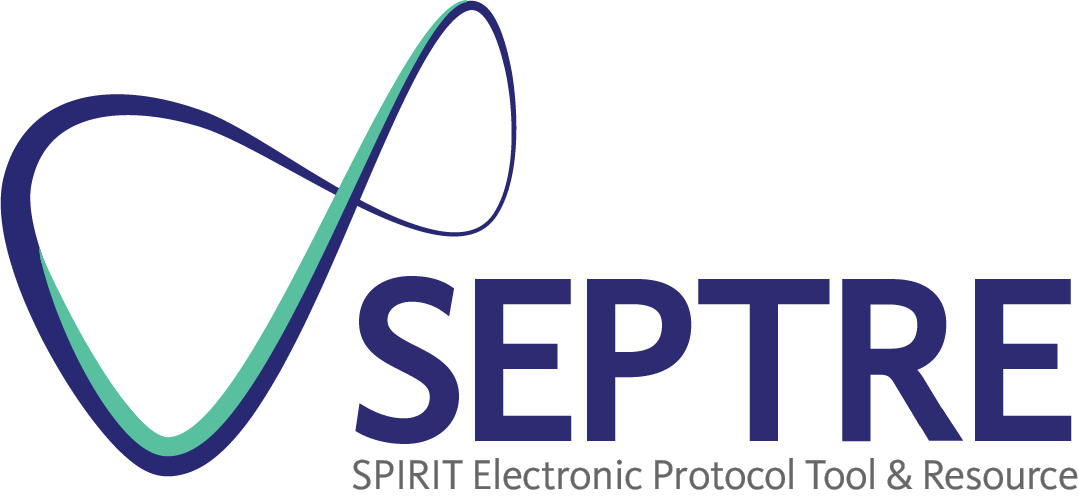Item 15: Strategies for achieving adequate participant enrolment to reach target sample size.
Example
“Each center will screen subjects to achieve screening percentages of 50% women and 33% minority; screening will continue until the target population is achieved (12 subjects/site). We recognize that, because of exclusion by genotype and genotypic variation among diverse populations [Reference X], the enrolled cohort may not reflect the screened population. The enrollment period will extend over 12 months.
Recruitment Strategy:
Each clinical center involved in the ACRN [Asthma Clinical Research Network] was chosen based on documentation for patient availability, among other things. It is, however, worthy to note the specific plans of each center.
Harvard Clinical Center/Boston
. . . The Asthma Clinical Research Center at the Brigham & Women’s Hospital utilizes three primary resources for identifying and recruiting potential subjects as described below.
1. Research Patient Database
The Asthma Clinical Research Center at the Brigham and Women’s Hospital has a database of over 1,500 asthmatics . . .
2. Asthma Patient Lists . . .
3. Advertisements . . .
. . . the Madison ACRN site has utilized some additional approaches to target minority recruitment. We have utilized a marketing expert to coordinate and oversee our overall efforts in recruiting and retaining minorities . . . As a result of his efforts, we have advertised widely in newspapers and other publications that target ethnic minorities, established contacts with various ethnic community, university, church, and business groups, and conducted community-based asthma programs . . . For example, student groups such as AHANA (a pre-health careers organization focusing on minority concerns) will be contacted . . . In addition, we will utilize published examples of successful retention strategies such as frequent payment of subject honoraria as study landmarks are achieved and study participant group social events. Study visits will be carefully planned and scheduled to avoid exam-time and university calendar breaks . . .
The Harlem Hospital Center Emergency Department (ED) sees an average of eight adult patients per day for asthma. Through the REACH (Reducing Emergency Asthma Care in Harlem) project, we have . . . successfully recruited and interviewed 380 patients from the ED . . .
Responses to inquiries about participation in research studies are answered by a dedicated phone line that is manned during business hours and answered by voicemail at all other times. A research assistant responds to each inquiry immediately, using a screening instrument . . .
Patients are recruited for clinical trials at the Jefferson Center through two primary mechanisms: (1) local advertising; and (2) identification in the asthma patient registry (database). Local advertising takes advantage of the printed as well as the audio-visual media. Printed media include . . . All advertising in the printed and audio-visual media has prior approval of the Institutional Review Board.
The Jefferson patient registry (database) has been maintained since 1992 and currently contains 3,100 patients . . . It is estimated that 300-400 new asthmatic patients are seen each year, while a smaller number become inactive due to relocation, change of health care provider, etc. Once identified in the database, patients potentially eligible for a specific study are contacted by the nurse coordinator who explains the study and ascertains the patient’s interest. If interested, the patient is seen in the clinical research laboratories where more detailed evaluations are made . . .
Each subject will receive financial compensation within FDA [Food and Drug Administration] guidelines for participation in an amount determined by the local center. For subjects who drop out, payments will be pro-rated for the length of time they stayed in the study, but payment will not be made until the study would have been completed had the subject not dropped out.” 208
Explanation
The main goal of recruitment is to meet the target sample size (Item 14). However, recruitment difficulties are commonly encountered in clinical trials.209-213 For example, reviews of government funded trials in the US and UK found that two-thirds did not reach their recruitment targets.214;215 Low enrolment will reduce statistical power and can lead to early trial stoppage or to extensions with delayed results and greater costs.
Strategies to promote adequate enrolment are thus important to consider during trial planning. Recruitment strategies can vary depending on the trial topic, context, and site. Different recruitment methods can substantially affect the number and type of trial participants recruited128;209;216-220 and can incur different costs.221-223 Design issues such as the number and stringency of eligibility criteria will also directly affect the number of eligible trial participants.
Protocol descriptions of where participants will be recruited (e.g., primary care clinic, community), by whom (e.g., surgeon), when (e.g., time after diagnosis), and how (e.g., advertisements, review of health records) can be helpful for assessing the feasibility of achieving the target sample size and the applicability of the trial results in practice. Other relevant information to explicitly provide in the protocol includes expected recruitment rates, duration of the recruitment period, plans to monitor recruitment during the trial, and any financial or non-financial incentives provided to trial investigators or participants for enrolment (Item 4). If strategies differ by site in multi-centre trials, these should be detailed to the extent possible.
| 14: Sample size | 16a: Sequence generation |

